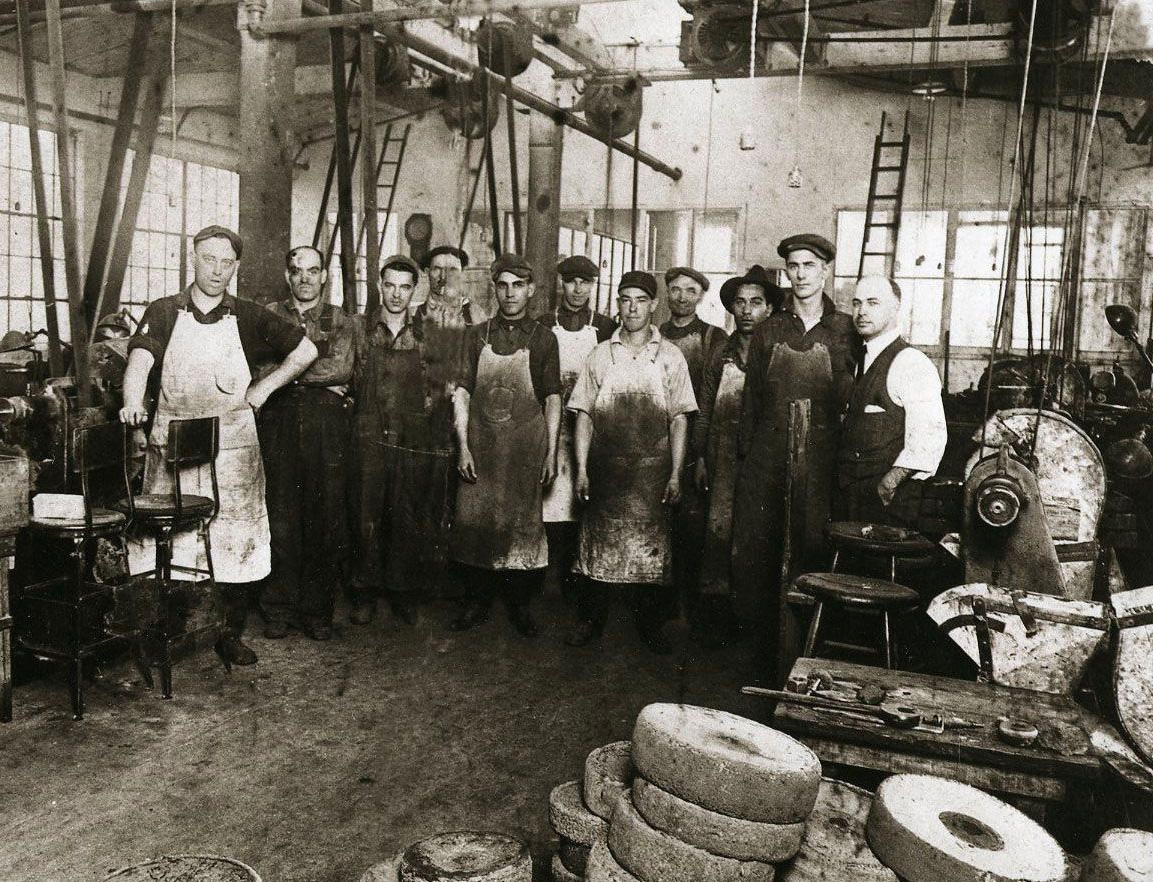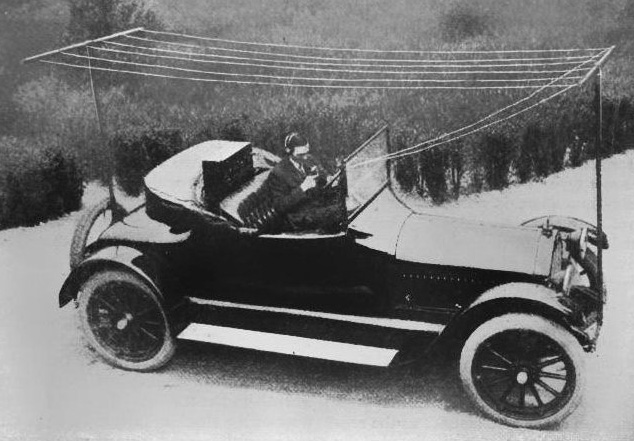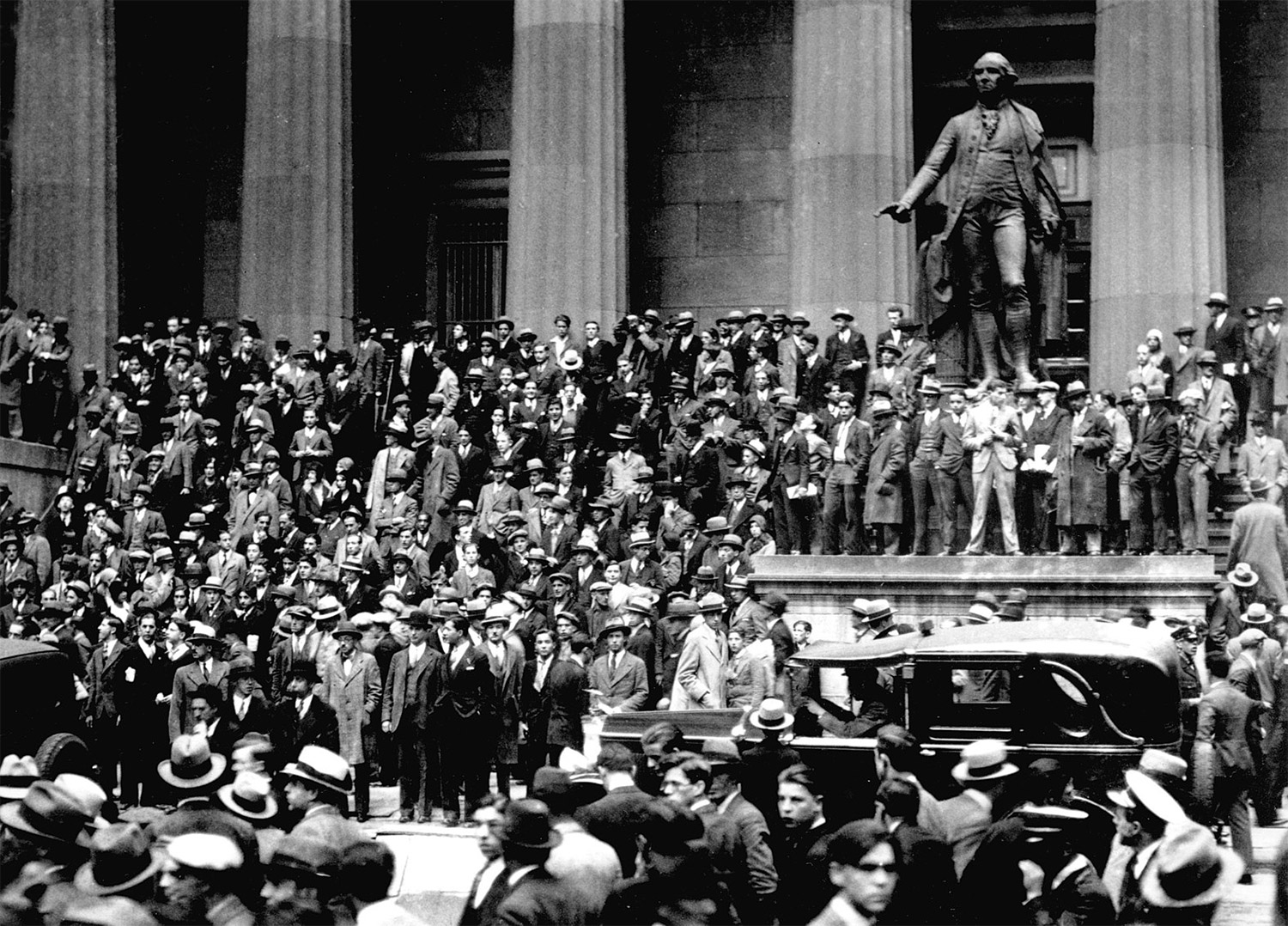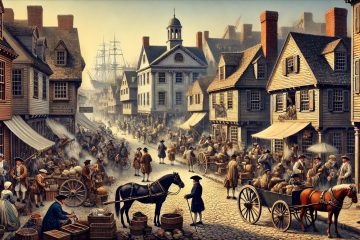 History of Business in America: The Progressive Era, WWI, Cars, the Roaring 20s and the Crash of 1929
History of Business in America: The Progressive Era, WWI, Cars, the Roaring 20s and the Crash of 1929
From 1900 to 1929, the United States experienced significant economic and business developments, characterized by industrial expansion, technological innovation, labor struggles, and regulatory reforms. This period witnessed the rise of big business, the emergence of consumer culture, and ultimately, the onset of the Roaring Twenties followed by the Great Depression. Here’s an overview of the history of business, commerce, and economics in America during this time:
Industrial Expansion and Big Business (1900-1914):
- The early 20th century saw continued industrial expansion, with sectors such as steel, oil, automobiles, and electricity leading the way, often through monopolistic practices.
- Companies like U.S. Steel, Standard Oil, and General Electric emerged as dominant players, controlling large segments of their respective industries.
- The consolidation of industries into trusts and monopolies raised concerns about monopolistic practices, leading to calls for antitrust legislation.
Labor Struggles and the Rise of the Labor Movement:
- The growth of industrialization led to harsh working conditions, low wages, and long hours for many workers.
- Labor unions, such as the American Federation of Labor (AFL) and the Industrial Workers of the World (IWW), organized strikes and protests to demand better wages, working conditions, and rights.
- Major labor disputes, including the Pullman Strike of 1894 just before this time period that set the tone for the turn of the century labor movement, and the Colorado Coalfield War of 1913, highlighted tensions between labor and management.
Progressive Era Reforms (1890s-1920s):
- The Progressive Era witnessed the implementation of various reforms aimed at addressing social, economic, and political issues.
- Progressive politicians and activists advocated for measures such as antitrust legislation (Sherman Antitrust Act, Clayton Antitrust Act), labor reforms (Fair Labor Standards Act), consumer protection laws, and regulations to improve public health and safety.
- The establishment of government agencies like the Federal Trade Commission (FTC) and the Food and Drug Administration (FDA) aimed to regulate business practices and protect consumers.
 Technological Innovation and Infrastructure Development:
Technological Innovation and Infrastructure Development:
- The early 20th century saw significant technological advancements that revolutionized industry and commerce.
- The widespread adoption of electricity, the development of the telephone and radio, and the proliferation of automobiles transformed communication, transportation, and daily life.
- Henry Ford introduced the assembly line to his automobile manufacturing plant in 1913. This innovation significantly increased production efficiency and played a pivotal role in the mass production of automobiles.
- Infrastructure projects such as the construction of highways, bridges, and dams contributed to economic growth and mobility.
World War I and Economic Expansion (1914-1918):
- America’s entry into World War I in 1917 provided a boost to the economy, as industries mobilized to meet wartime demands.
- War-related production stimulated economic growth and job creation, leading to increased prosperity for many Americans.
- Government intervention in the economy expanded during the war, with measures such as price controls, rationing, and the establishment of government agencies to oversee production and distribution.
Post-War Boom and the Roaring Twenties (1920-1929):
- Following the end of the war, the U.S. went through a brief but sharp recession in 1920-1921. The economy quickly rebounded, however, leading to a period of economic prosperity known as the “Roaring Twenties.
- The decade was characterized by rapid economic growth, technological innovation, consumerism, and cultural change.
- The stock market soared, and consumer spending increased as Americans embraced new technologies and forms of entertainment.
- Real Estate Bubble: Alongside the stock market, there was a significant real estate boom, particularly in Florida, leading to speculative investments and eventual busts in some areas.
- Mass production, especially in the automotive industry led by Ford’s Model T (and the Model A in 1927), and new technologies like radio and cinema transformed American lifestyles and consumer habits.
Stock Market Speculation and the Great Crash (1929):
- Despite the prosperity of the 1920s, the decade ended in economic turmoil with the stock market crash of October 1929.
- The Great Crash marked the beginning of the Great Depression, a period of widespread unemployment, poverty, and economic hardship that would profoundly impact American society and reshape the nation’s economic landscape for years to come.
In summary, the period from 1900 to 1929 in America was characterized by industrial expansion, technological innovation, labor struggles, regulatory reforms, and economic booms followed by the devastating crash of 1929 and the onset of the Great Depression. These decades laid the groundwork for modern business practices, consumer culture, and government intervention in the economy.
Main Image Source: Wikipedia | Workers: Wikimedia Commons | Wall Street 1929: Wikimedia Commons
Content Sources: Original | Generative AI | Wikipedia



